Anglesey Round
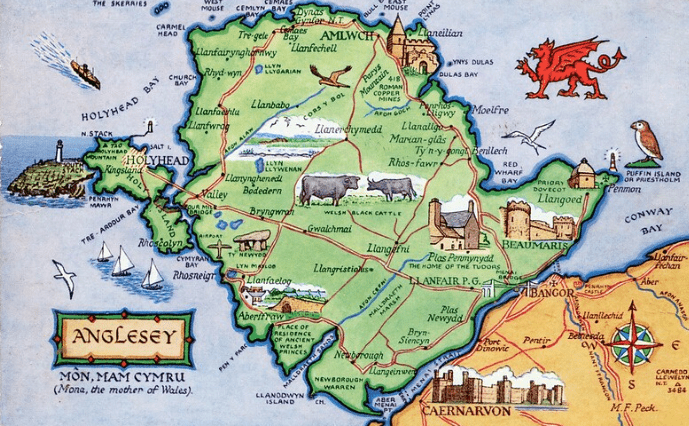
This is an ambitious project to walk around the island, some 140 miles in stages, along the excellent coastal footpath.
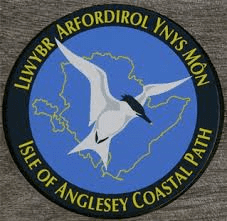
LEG 1 ~ AMLWCH TO MOELFRE ~ xx miles / xxxx feet of ascent
Amlwch once boasted the largest copper mine in the world and a large bromide works with its own railway! … all that has now gone, but the unsightly scars remain. The earth’s riches have been plundered and the works have been conveniently abandoned.
The harbour inlet became a busy port and significant shipbuilding and repair centre, as well as an embarkation point for boats to the Isle of Man and Liverpool.
PATH NOTES:
# This is a very remote section that could prove challenging in inclement weather.
# Refreshments are to be had at Amlwich Harbour, but there is nothing then until you reach the Pilot Boat pub at City Dulas.
# The path at Traeth Dulas runs right alongside the shoreline … this will not be accessible at spring/high tides, roads will have to be used to bypass this.
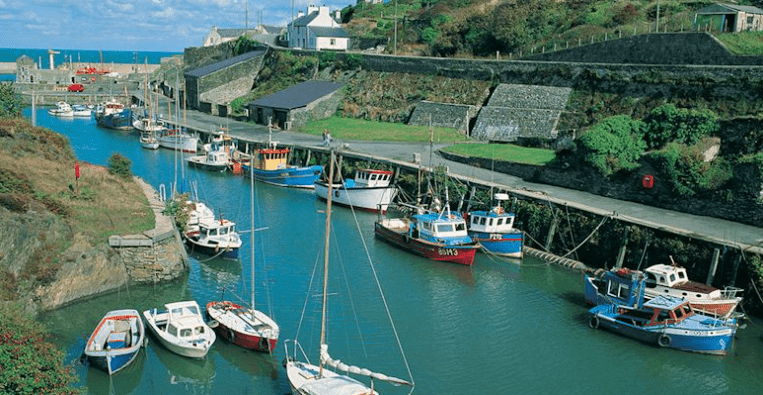
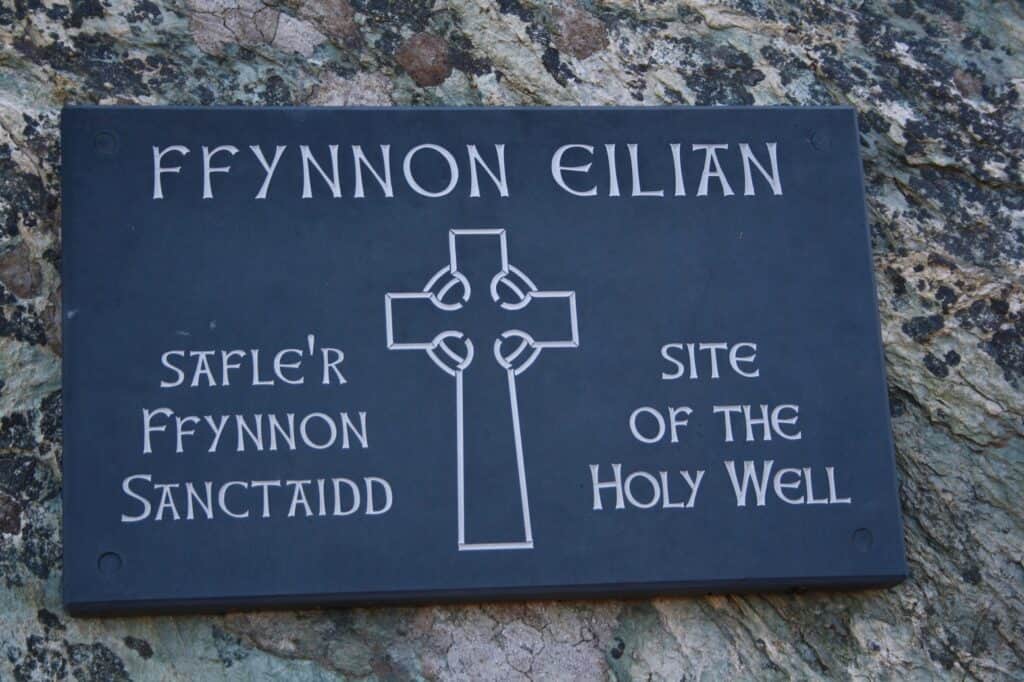
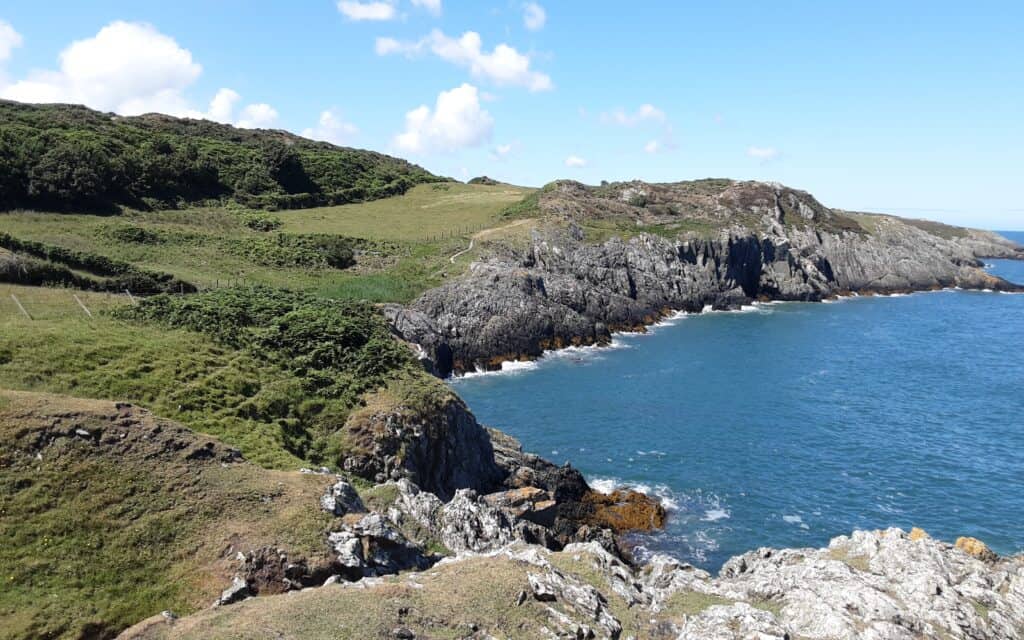
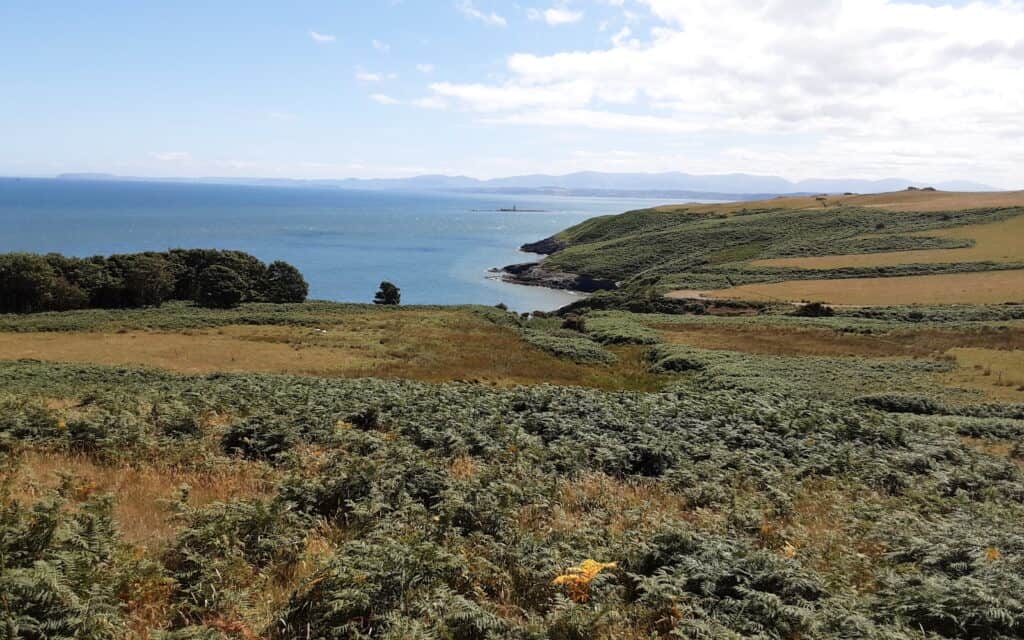
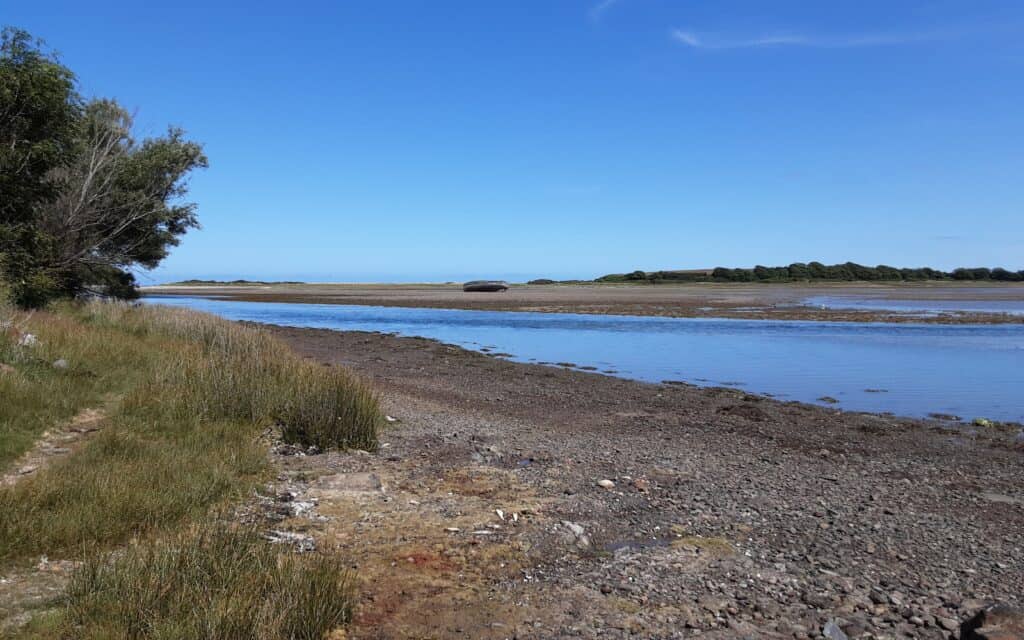
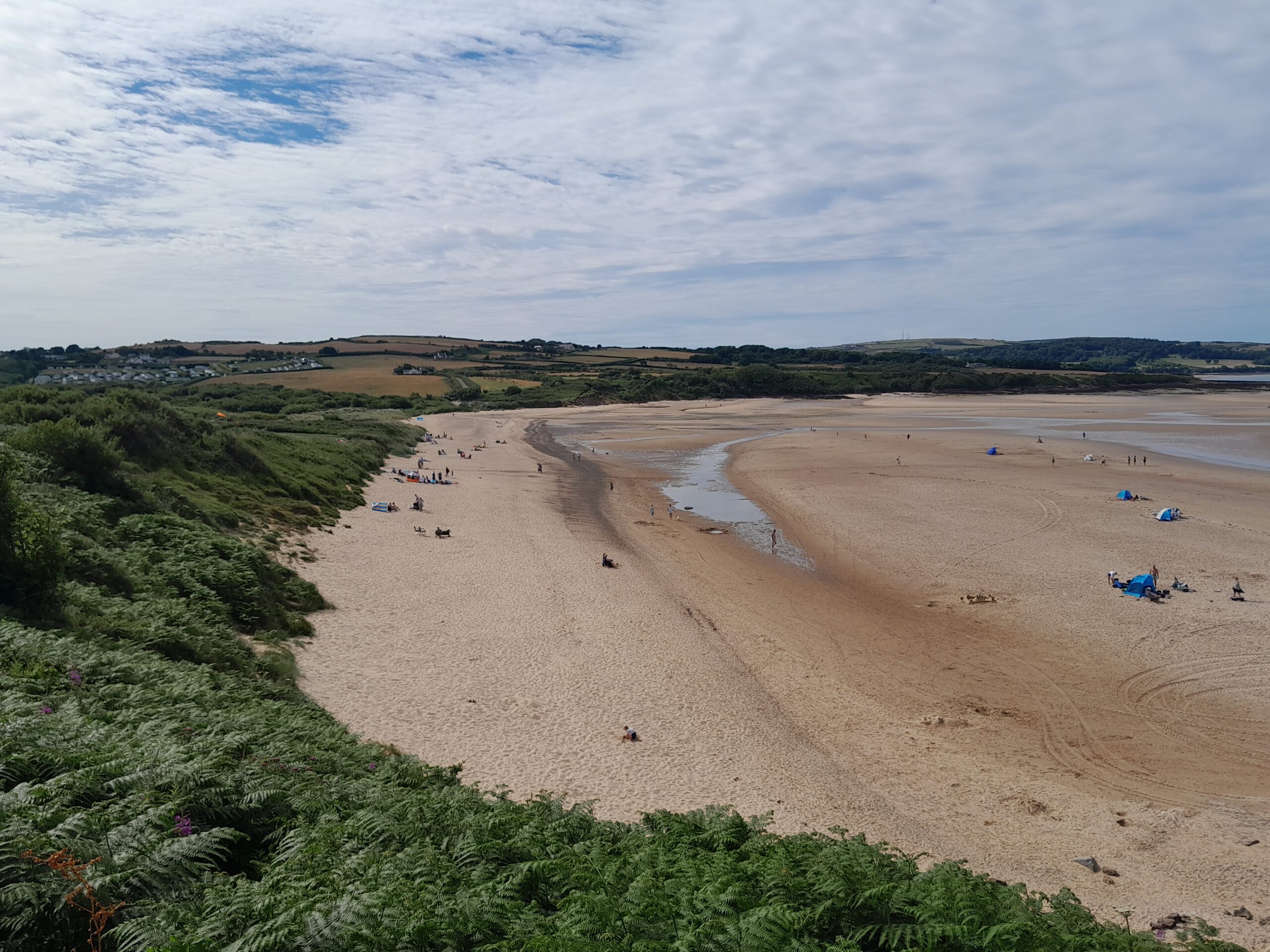

LEG 2 ~ MOELFRE TO LLANGOED ~ xx miles / xx feet of ascent
X
PATH NOTES:
# This
# Cafe
# The

LEG 3 ~ LLANGOED TO BEAUMARIS ~ 6.8 miles / 400 feet of ascent
The Penmon Peninsula is another area rich in natural resources … evident with the remains of its limestone and marble quarries.
Penmon’s history stretches back to the 6th C when a monastery was established here by St. Seiriol. The remains of a later Augustine Priory still stand to-day.
Post-Dissolution, the priory became the property of the Bulkeleys of Beaumaris. They enclosed much of the land as a deer park with an impressive tall stone wall (very much in evidence) and built the magnificent Dovecot (take a peek inside it!).
PATH NOTES:
# This is a walk of two halves … to start with, there are rare views of the sea, as the route takes on an intriguing inland tack. Once the Trwyn Du Lighthouse and nearby Puffin Island have been rounded, the Menai Straits are encountered close up for the first time … it becomes an absolutely sublime companion, while enjoying the superb views of the Carneddau mountains over the water.
# Cafe at Penmon Point, but there is nothing then until you reach the end at Beaumaris town.
# The path along Lleiniog Beach is surprisingly challenging. Do NOT attempt it one hour either side of high tide, roads will have to be used instead.
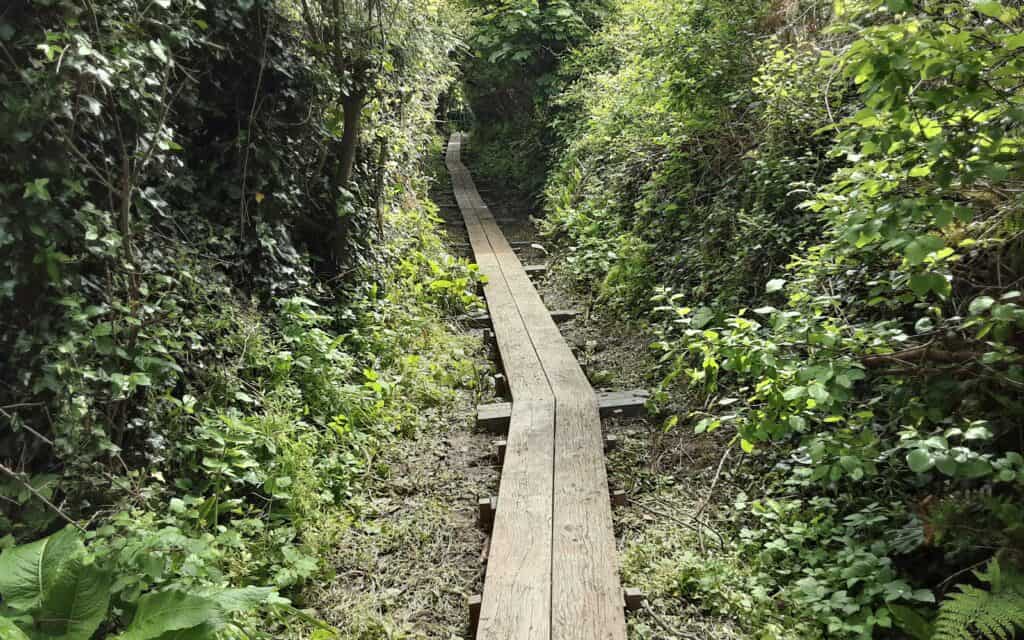
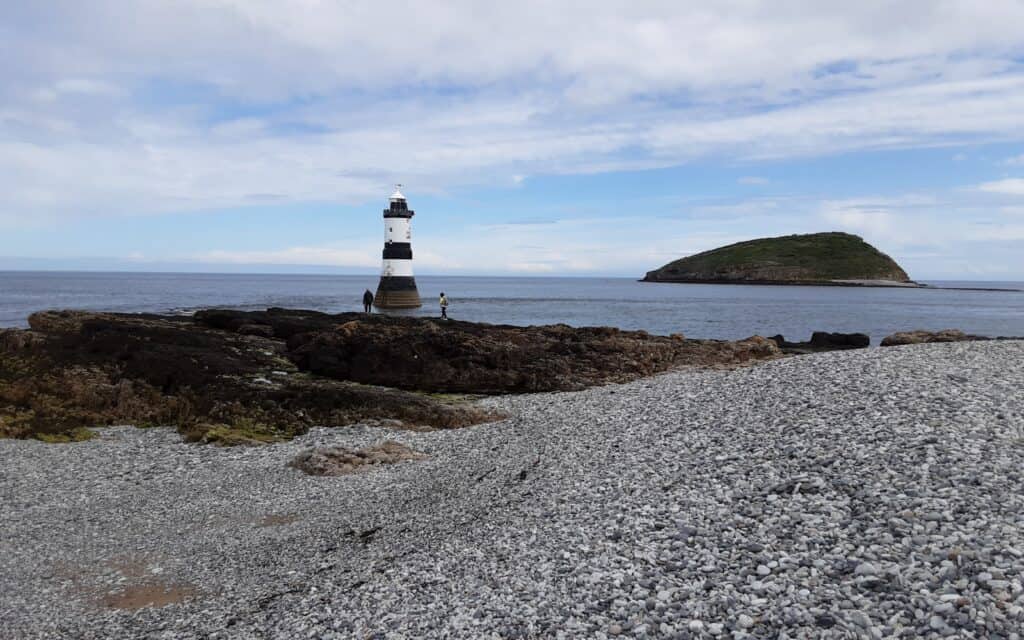
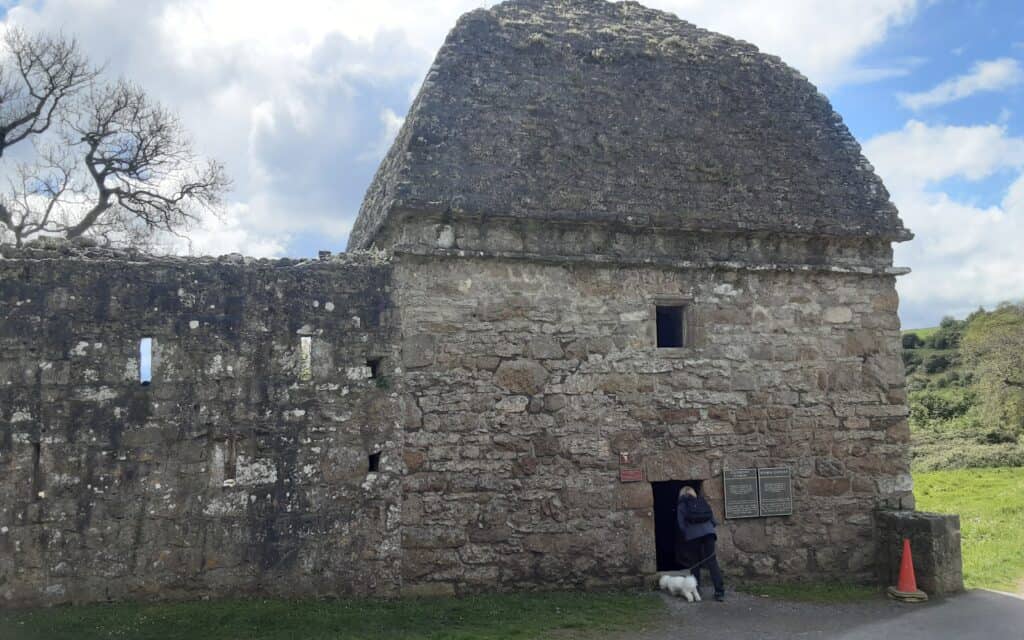
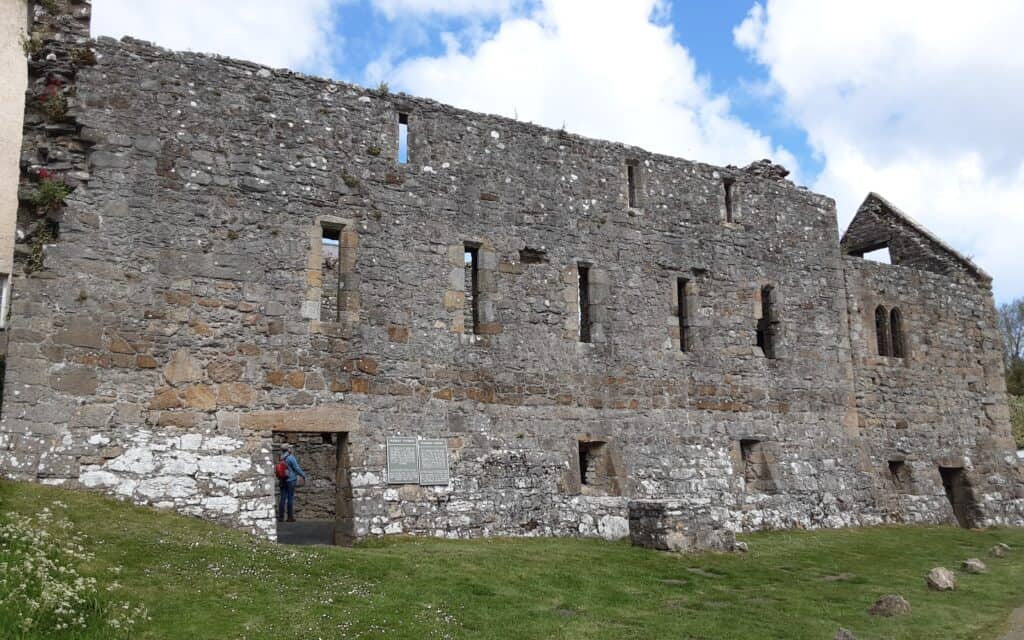
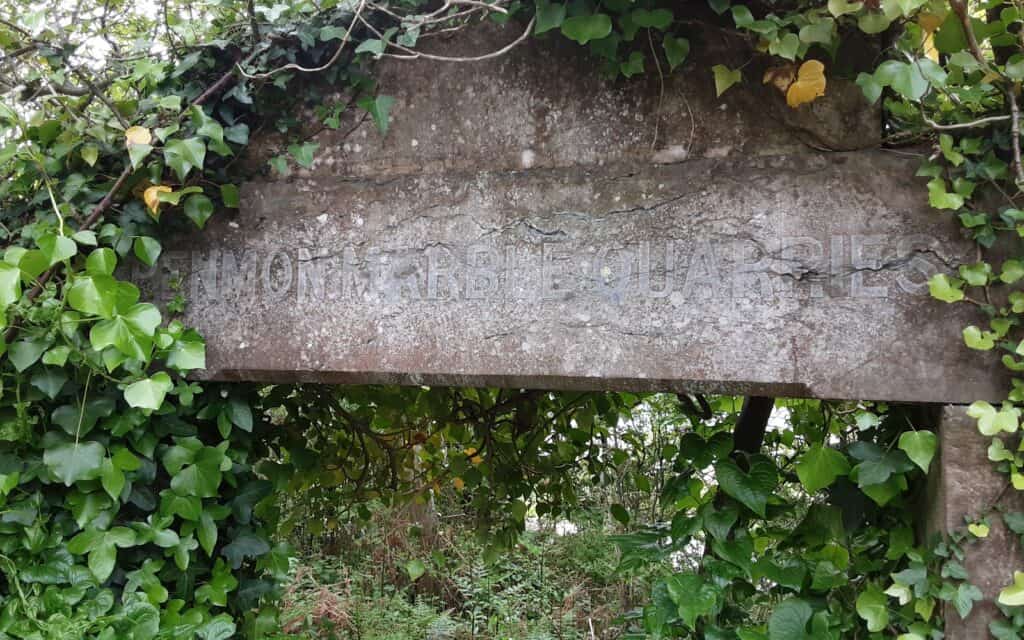
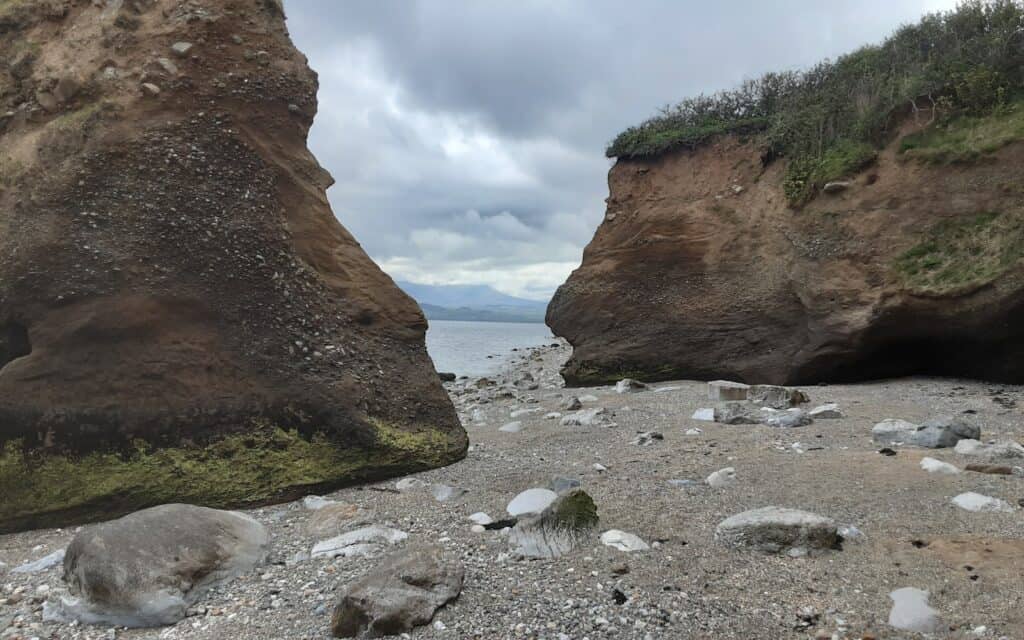

LEG 4 ~ BEAUMARIS TO MENAI ~ xx miles / xx feet of ascent
